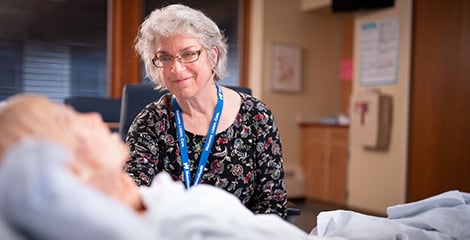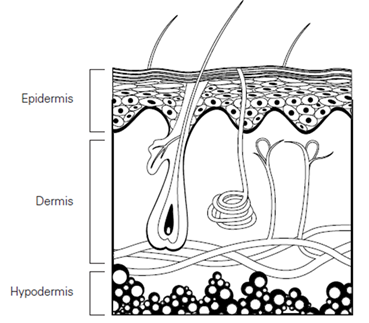Burn Survivor Support Group
Adult Burn Survivor Recovery Group
The Adult Burn Survivor Recovery Group was developed in response to support the ongoing needs of burn survivors and their families. The adult burn unit social worker and outpatient occupational therapist facilitate the group. Individuals and their families who are inpatients, outpatients, or those who no longer need formal treatment are welcome to attend.
Program Description
The Adult Burn Survivor Recovery Group provides a continuum of care to address the ongoing needs of burn survivors and their families throughout the various stages of the life cycle.
There are two groups: a weekly group held during the day and a monthly group in the evening.
The groups are open-ended and provide individuals with the opportunity to:
- Address common practical concerns: wound/skin care, use of pressure garments, and exercise
- Gain emotional support and share feelings about the hospital experience and recovery process
- Discuss how life has changed since the injury and learn from others who are coping with similar situations
- Discuss concerns regarding returning to work, school, and community
- Discuss issues related to body image and image enhancement
Throughout the year, group members and their families can participate in structured group activities that promote socialization and community re-entry. Group members can reach out to other burn survivors for peer support and participate in the pediatric burn camp as a mentor and role model to children burn survivors. Burn survivors also may attend the Worldwide Burn Congress and engage in community activities that promote education and public awareness.
Meetings:
Every Wednesday, 11:00 a.m. to 12:30 p.m.
Last Tuesday of the month, 6:00 p.m. to 7:00 p.m.
Location:
Go to the Phoneix Society for Burn Survivors community calendar for information on how to join.
| First | Second (Superficial or Deep) | Third (Full Thickness) | |
|---|---|---|---|
| Deep (how deep the burn is) | Epithelium | Epithelium and top aspects of the dermis | Epithelium and dermis |
| How the wound looks | No blisters; dry pink | Moist, oozing blisters; Moist, White, Pink, to Red | Leathery, dry, no elasticity; charred appearance |
| Causes | Sunburn, scald, flash flame | Scalds, flash burns, chemicals | Contact with flame, hot surface, hot liquids, chemical, electric |
| Level of pain (sensation) | Painful, tender, and sore | Very painful | Very little pain, or no pain |
| Healing Time | 2-5 days; peeling | Superficial: 5-21 days; Deep: 21-35 days | Small areas may take months to heal; large areas need grafting |
| Scarring | No scarring; may have discoloration | Minimal to no scarring; may have discoloration | Scarring present |

Types of Burns and How to Treat Them
Different actions are recommended depending on the source of the burn.